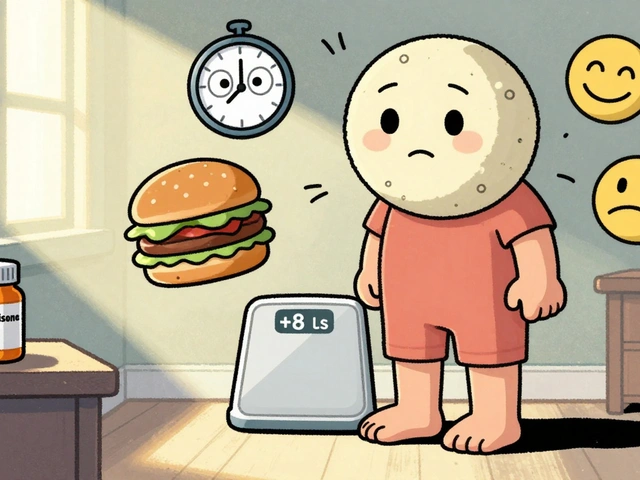Retinoblastoma Treatment: What Works, What Feels Like, and How to Choose
If your child has been diagnosed with retinoblastoma, the first thing on your mind is likely "What can we do to save the eye and the child?" The good news is that doctors have several proven ways to fight this eye cancer, and many kids keep vision after therapy. Below we break down the main treatments, what you can expect during each, and a few practical tips to help you navigate the process.
Top Treatment Options
1. Systemic Chemotherapy – This is the most common first step. Doctors give drugs through a vein to shrink the tumor before trying other procedures. The regimen usually lasts 6‑12 weeks with cycles every 3 weeks. Kids often feel tired, lose appetite, and get mild fevers, but most side effects are manageable with anti‑nausea meds and close monitoring.
2. Intra‑Arterial Chemotherapy (IAC) – Here the drug goes straight into the artery that feeds the eye. It delivers a higher dose to the tumor while sparing the rest of the body. The procedure is done in a catheter lab and takes a few hours. Common after‑effects include temporary swelling around the eye and a short period of bruising at the catheter site.
3. Laser Therapy (Photocoagulation) – A focused laser burns away small tumor spots. It works best for tumors that are less than half the size of the eye and located away from the center. The session is quick, and kids usually go home the same day. Some redness or mild discomfort may linger for a day or two.
4. Cryotherapy – This method freezes tiny tumor pieces with a probe placed on the eye surface. It’s ideal for tumors on the outer edge of the retina. After the treatment, the eye might look a bit swollen, but the frost‑like effect disappears within a week.
5. Enucleation – If the tumor is large, painful, or threatens the child's life, the eye may need to be removed. Modern prosthetic eyes look natural and give good cosmetic results. Most families find this option emotionally tough, so counseling and support groups are essential.
6. Radiation Therapy – Used less often now because of long‑term side effects, external beam radiation can shrink tumors that don’t respond to chemo. Doctors try to limit exposure to protect surrounding tissue. Possible late effects include cataracts and dry eye, so careful follow‑up is key.
Choosing the Right Path
Every case is unique, so the eye specialist (ocular oncologist) will weigh tumor size, location, and whether both eyes are affected. Ask the doctor about the chances of saving vision with each option and the likely side effects. Getting a second opinion can give you confidence in the plan.
Don’t forget the practical side: treatment schedules, travel to a specialized center, and insurance coverage. Write down all appointments, bring a checklist of questions, and keep a notebook of how your child feels after each session.
Support matters, too. Connect with other families through retinoblastoma foundations, online forums, or local support groups. Sharing experiences can ease anxiety and provide tips on handling side effects like nausea or hair loss.
Finally, remember that follow‑up exams are crucial. Even after the tumor disappears, doctors will keep an eye on the healthy retina and check for any signs of recurrence. Regular eye exams, ultrasound checks, and sometimes genetic testing become part of the long‑term plan.
Facing retinoblastoma is overwhelming, but knowing the treatment options and what to expect can turn fear into action. Talk openly with your doctor, gather support, and focus on the steps that give your child the best chance at a healthy future.


